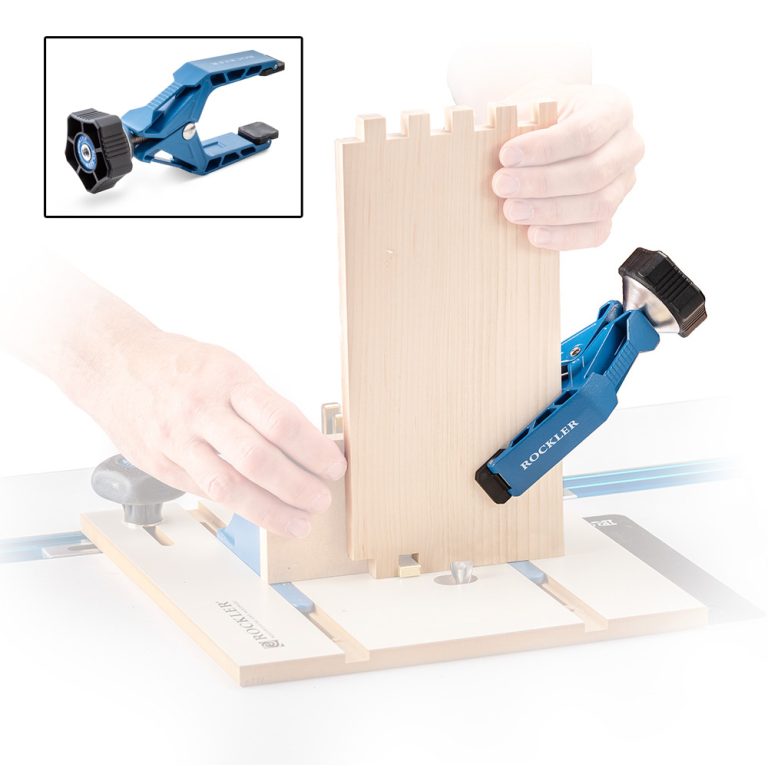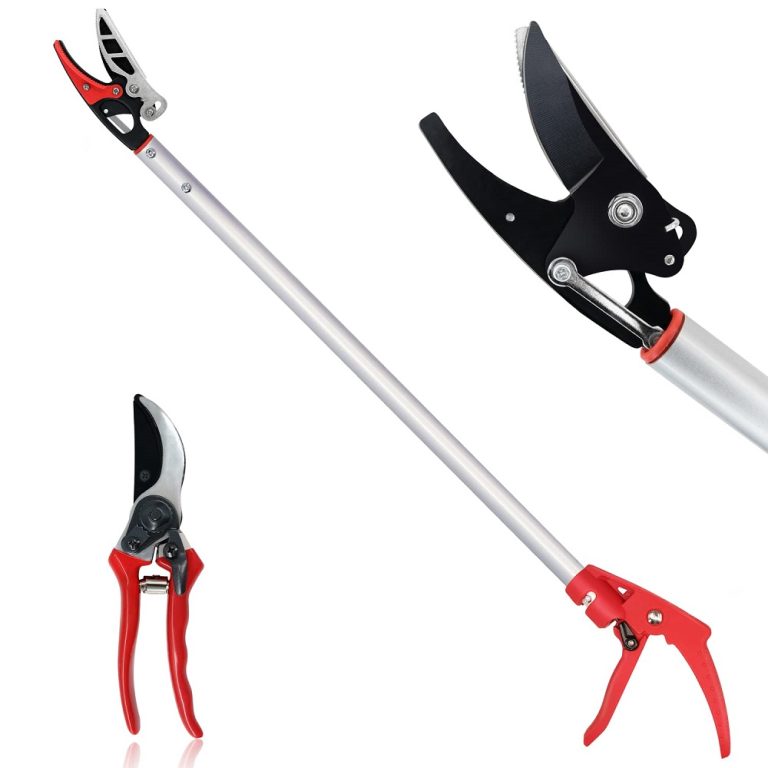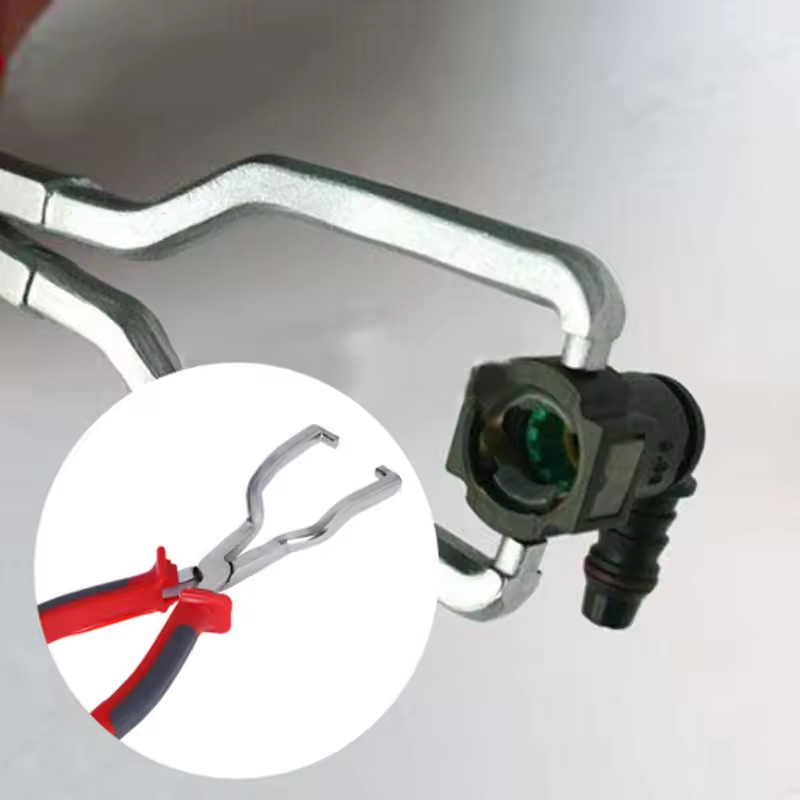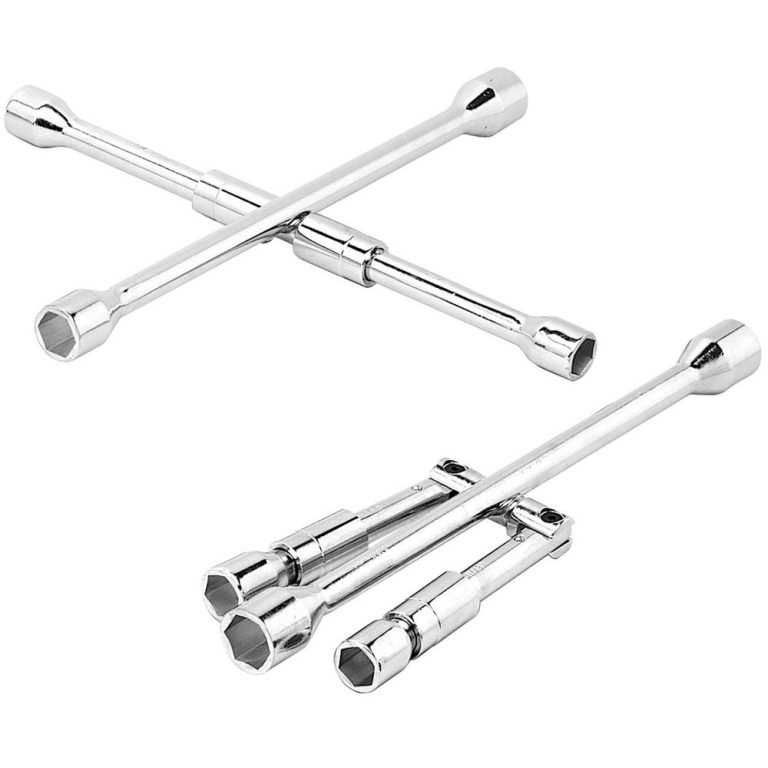Introduction to Pliers
Pliers are essential tools for any handyman, hobbyist, or professional. They come in various shapes and sizes, each with specific functions. From gripping and bending to cutting and manipulating wires, pliers are versatile instruments in any toolkit. They consist of metal levers joined at a fulcrum, with jaws on one end and handles on the other. This design provides the leverage needed to amplify hand strength for tough jobs. Whether you’re working on electrical systems, plumbing, mechanical repairs, or crafting delicate jewelry, there’s a pliers tool designed to assist you.
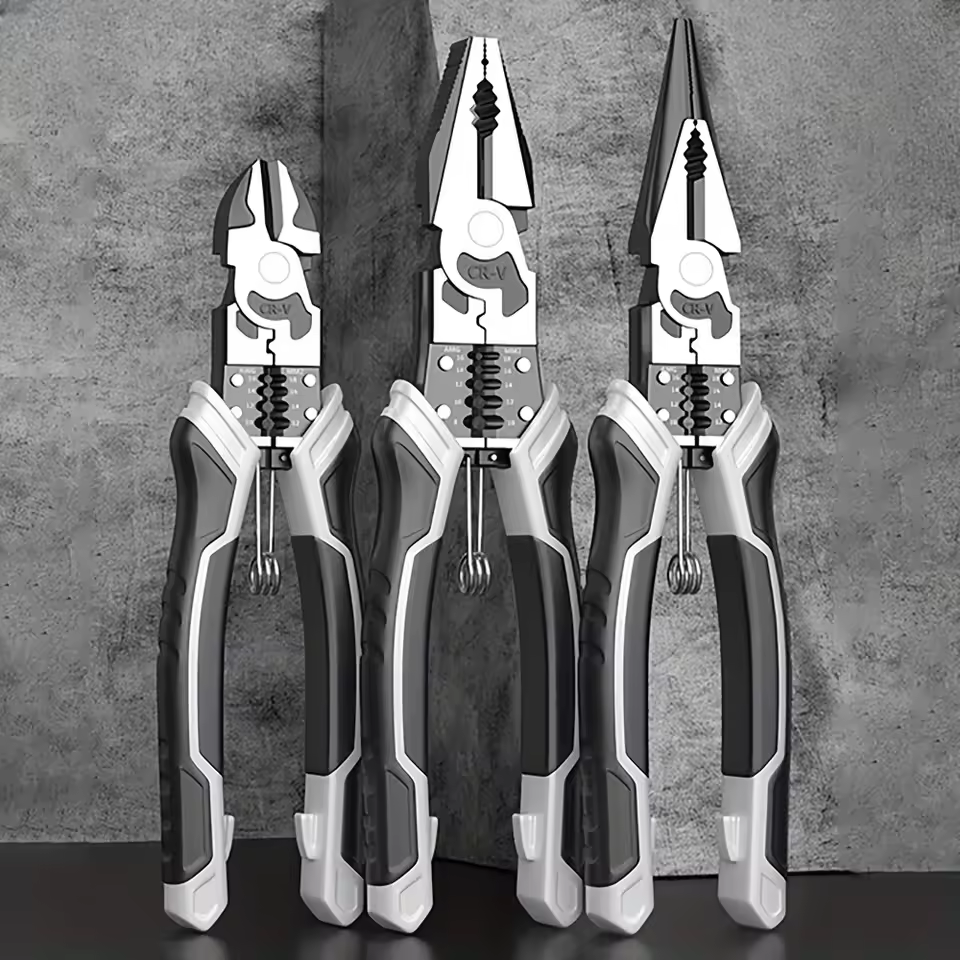
When using pliers, it’s crucial to choose the right one for the job to ensure both safety and efficiency. The wrong pair of pliers can damage the workpiece or even cause injury. In this guide, we will explore different types of pliers, their uses, and features to consider when selecting the ideal pliers tool for your project. Whether you’re a DIY enthusiast or a seasoned professional, understanding the functionality and proper application of pliers is key to achieving excellent results. Let’s dive into the world of pliers and discover how to select the perfect pair for every task.
Different Types of Pliers and Their Uses
Choosing the right pliers tool is key to performing a task efficiently and safely. Knowing about the different types of pliers and their specific uses helps in selecting the ideal tool. Here, we look at various common pliers and what they are best used for.
Needle-Nose Pliers
Needle-nose pliers, with their long, slender tips, excel in detailed work. They reach into tight spaces where other pliers cannot. Ideal for bending, repositioning, or holding small wires, they are a favorite in electrical and jewelry work.
Diagonal Pliers
Diagonal pliers feature cutting edges at an angle, perfect for trimming wires or cutting materials in tight spots. Also known as side cutters, they’re designed to cut cleanly and precisely without leaving a jagged edge.
Slip Joint Pliers
These pliers are known for their adjustable pivot point which allows the jaws to open wider. This makes slip joint pliers versatile for gripping and turning a variety of object sizes, commonly used in plumbing and general household tasks.
Linesman Pliers
Linesman pliers, a staple for electricians, combine gripping jaws with cutting edges. They are used for cutting, twisting, and manipulating wires and cables. With their sturdy build, they can handle tougher tasks as well.
Tongue and Groove Pliers
Also known as channel locks, tongue and groove pliers have a serrated jaw set and an adjustable pivot. This setup allows for a strong, stable grip on larger objects, commonly utilized in plumbing for turning pipes and fittings.
Locking Pliers
Locking pliers, often called by the brand name Vise-Grips, have adjustable jaws that can be locked into place. This feature gives a stable grip without continuous pressure from the user, useful in metalwork or in situations where a temporary handle is needed.
Incorporating the right pliers tool for specific tasks not only improves results but also helps in preventing damage to the workpiece and avoiding any potential hazards. Ensure to match your pliers to the job and enjoy the efficiency it brings to your work.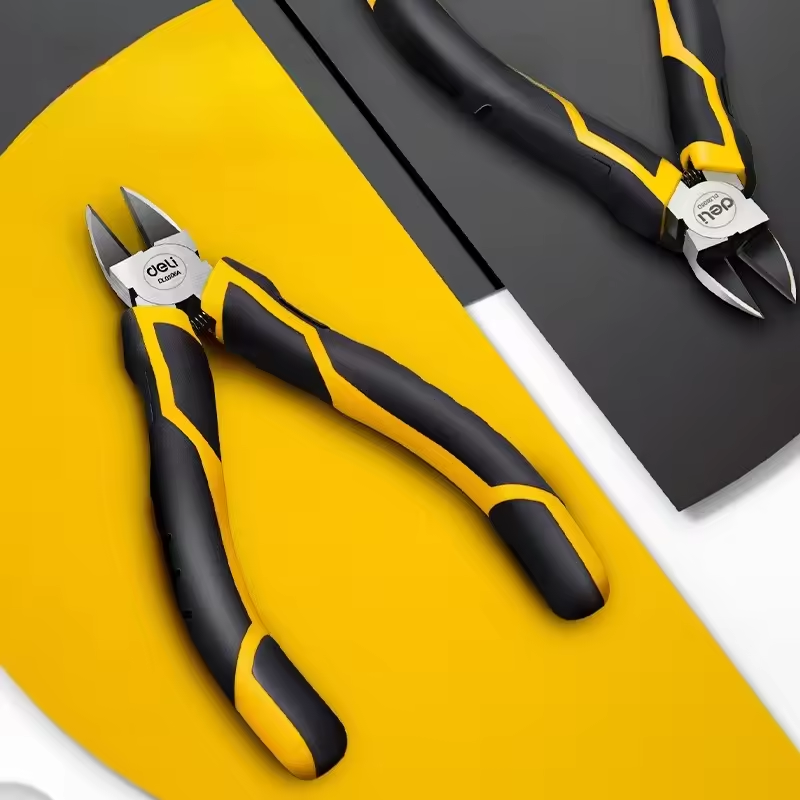
Key Features to Consider When Choosing Pliers
When selecting the right pliers tool for your task, it’s critical to examine certain features. These key aspects will determine the tool’s effectiveness and longevity. Here’s what to look for.
Material and Durability
Choose pliers made from high-quality steel. This ensures strength and a longer life. Look for options that are rust-resistant and have undergone heat treatment for enhanced durability.
Handle Grip and Comfort
Ergonomics matter for comfort and control. Select pliers with non-slip handles. They should fit well in your hand and reduce fatigue during extended use.
Jaw Design and Size
The jaw design must fit your task. Needle-nose pliers have a slender profile for precision. Meanwhile, larger models grip bigger items firmly. Ensure the size and shape align with your needs.
Cutting Ability
If you need to cut wires, pay attention to the cutting edges. They should be sharp and aligned properly to make clean cuts without much effort.
Adjustability and Locking Mechanisms
For versatile use, choose pliers with adjustable jaw widths. Locking mechanisms, like those found in Vise-Grips, provide a steady hold, freeing up your hands for other tasks.
Matching these features with your specific requirements will lead you to the perfect pliers tool for successful projects. Keep these considerations in mind to optimize your toolkit’s functionality and efficiency.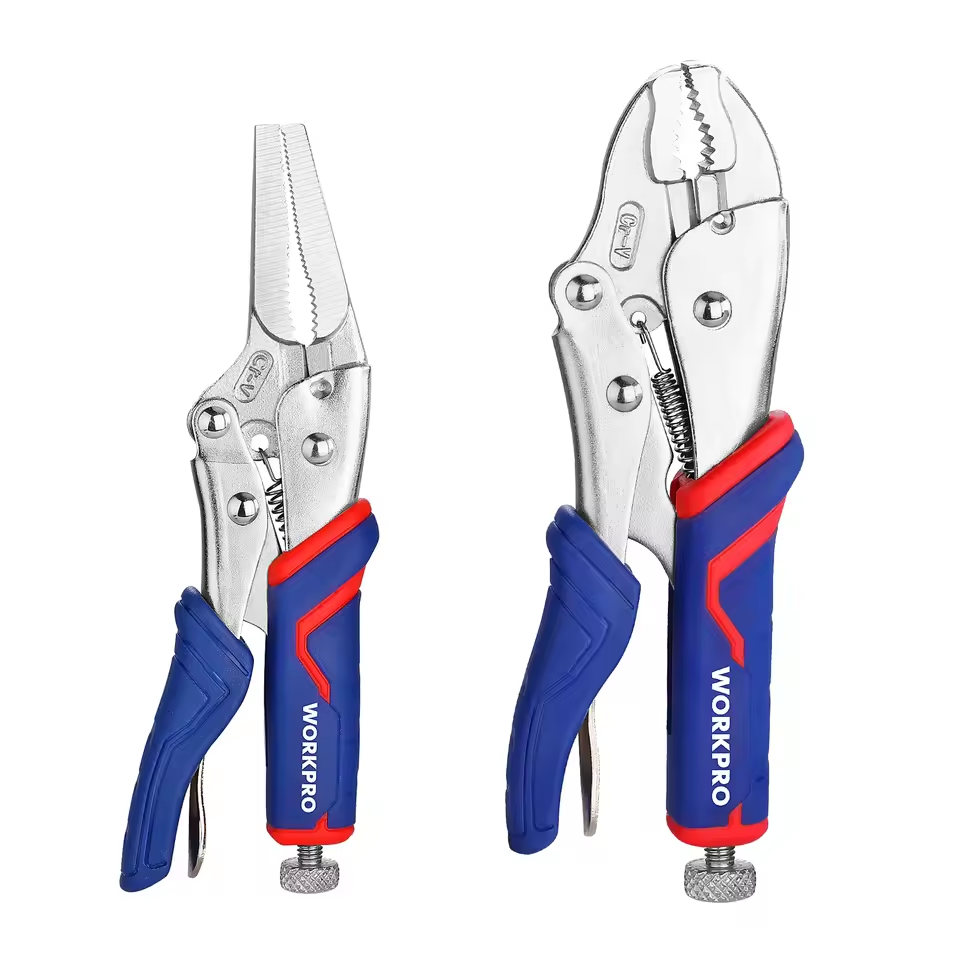
Common Projects and the Best Pliers for the Job
For every task, there’s a pliers tool that’s cut for the job. Matching the project with the right pliers ensures precision and ease. Here’s a quick guide to which pliers to use for common projects.
Electrical Work
When tackling electrical tasks, reach for needle-nose pliers or linesman pliers. Needle-nose pliers are ideal for bending wire ends and working with small connectors. Linesman pliers are great for cutting and twisting wires together. Both provide the accuracy needed for safe electrical work.
Plumbing Tasks
Plumbing often requires a strong grip on pipes and fixtures. Tongue and groove pliers are your best bet here. Their adjustable jaws fit around most pipe sizes. For smaller fittings, slip joint pliers offer the adjustability needed.
Mechanical Repairs
In mechanical work, where toughness is key, use locking pliers or linesman pliers. Locking pliers can clamp onto parts, holding them steady while you work. Their secure grip is invaluable when torque is needed. Linesman pliers also cut through thick wires easily.
Jewelry Making
For the delicate work of jewelry making, needle-nose pliers are indispensable. They handle small pieces with care and help to create intricate designs. Their precise tips can bend thin wire into perfect shapes.
Choose the right pliers tool for these jobs and you’ll make your project smoother and your work more efficient.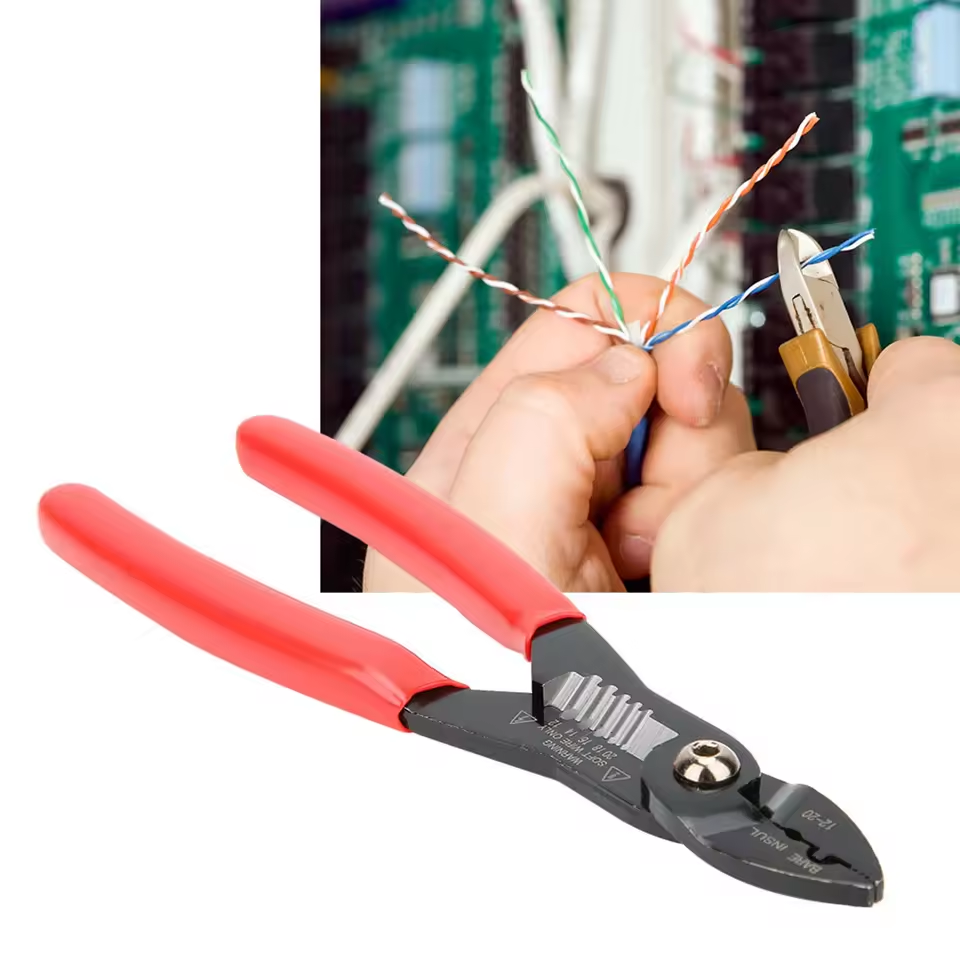
Maintenance and Care for Pliers
To keep your pliers tool in top condition, regular maintenance is essential. Here are steps to ensure longevity and optimal performance:
Clean After Use
Wipe your pliers with a clean cloth after each use. Remove debris and dust to prevent build-up.
Prevent Rust
Apply a light oil coat to the metal parts to ward off rust. Store in a dry place.
Check for Wear and Tear
Inspect the pliers for signs of wear. Look for damage to the jaws and handles.
Sharpen Cutting Edges
Keep cutting edges sharp for ease of use. Use a fine file for sharpening if needed.
Tighten Any Loose Parts
Ensure that the pivot point is tight. Adjust it if you detect any looseness.
Replace Damaged Pliers
If pliers are too worn or damaged, replace them. This ensures safety and efficiency.
By following these maintenance steps, your pliers will remain reliable for years. Always prioritize care to keep your tools ready for the next task.
Innovative Pliers Technologies and Latest Trends
The pliers tool market is witnessing an evolution with the introduction of innovative technologies and trends aimed at enhancing functionality and user experience. As we embrace these advancements, let’s explore what’s new and what’s hot in the world of pliers.
Self-Adjusting Pliers
A game-changer in the pliers’ world, self-adjusting pliers adapt their jaw width automatically to grasp various sizes without manual adjustments. This feature significantly speeds up work and improves precision.
Ergonomic Designs
Manufacturers are focusing more on ergonomics. New pliers come with improved handle grips that minimize hand fatigue and are tailored to fit more comfortably, providing better control over long periods.
Multi-Functional Pliers
Pliers that offer multiple tools in one are on the rise. This includes interchangeable heads or added features like wire strippers, increasing versatility without needing to switch tools.
Enhanced Material Quality
There’s a trend toward using aerospace-grade alloys for lighter yet stronger pliers, ensuring longevity and easier handling during intensive tasks.
Smart Pliers
Incorporating technology, some pliers now come with LED lights for better visibility in low-light conditions or digital screens to display measurements, appealing to tech-savvy users.
These innovations reflect an industry leaning towards convenience, efficiency, and the overall wellbeing of the user. Keep an eye out for these latest trends as they revolutionize the traditional pliers tool.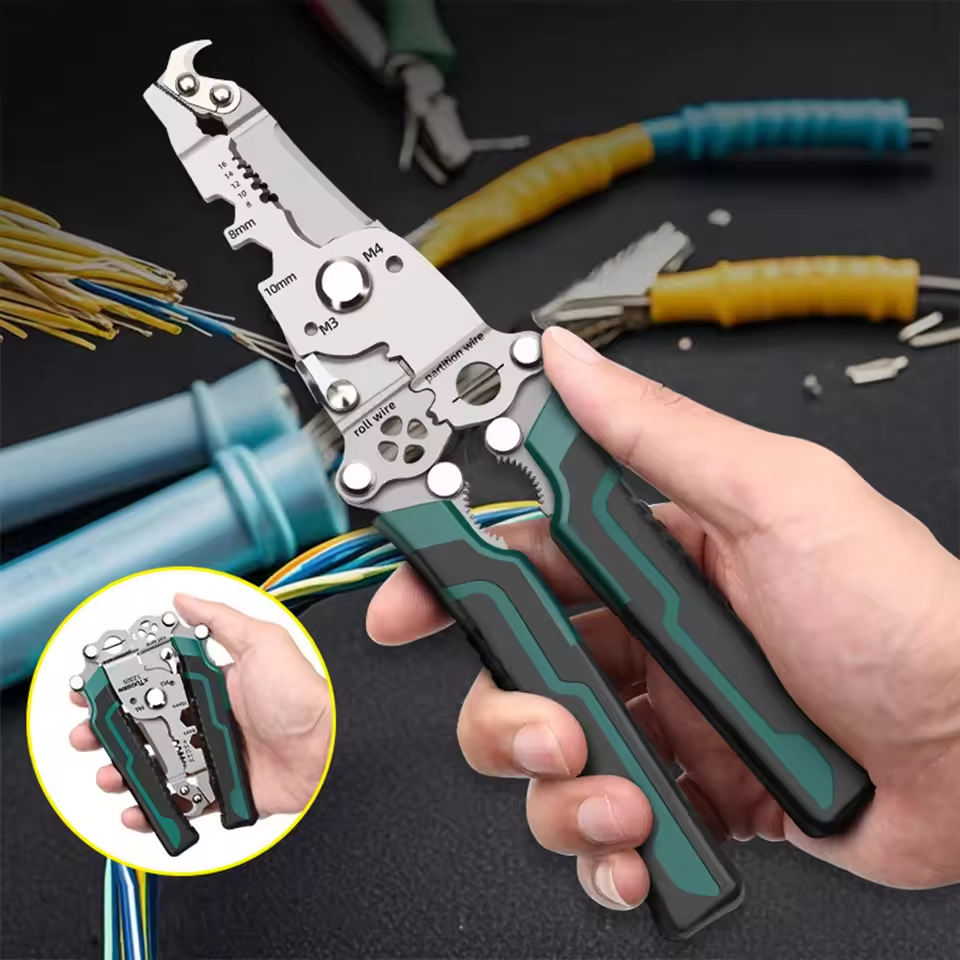
Conclusion
To sum up, selecting the right pliers tool is crucial for any task. We’ve explored various types, from needle-nose to locking pliers, each suited for specific jobs like electrical work, plumbing, mechanical repairs, and jewelry making. Remember to consider the material, handle grip, jaw design, and cutting ability when choosing pliers. Maintenance, including cleaning and sharpening, will ensure your tools last longer and perform better.
The pliers market is evolving with self-adjusting and multifunctional designs, ergonomic improvements, and stronger materials. Smart pliers with technological enhancements are also emerging. Stay updated with these trends for a more efficient toolkit.
With the right pliers tool, matched with careful maintenance and an eye on innovative trends, you’ll be equipped to handle your projects with precision and ease. Choose wisely, and your pliers will become an indispensable part of your toolbox.
